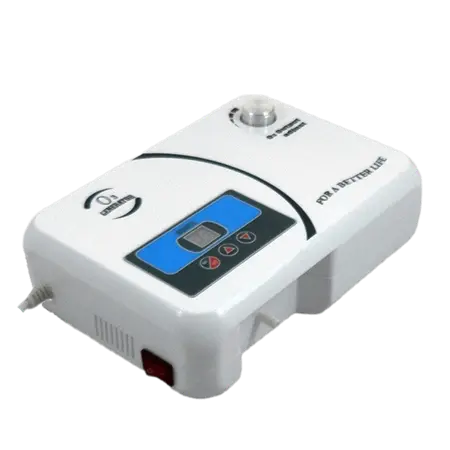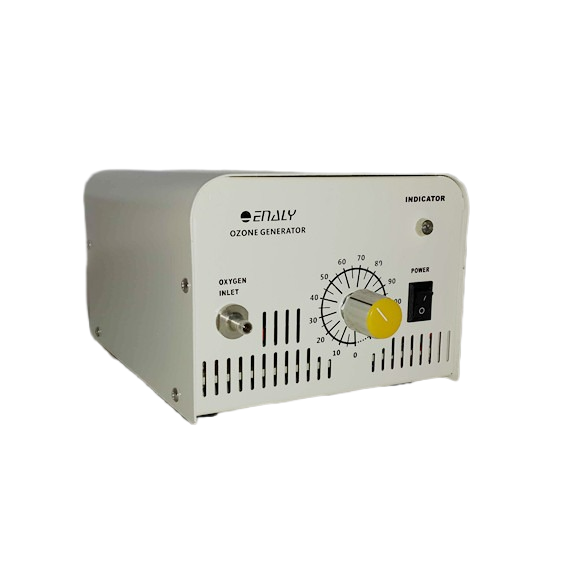Ozone generator is the most effective solution for water purification and food sterilization. Ozone generator products are being used with great success for breaking down contamination in water, removing harmful pesticides, bacteria, and chemicals found on most fruits and vegetable as well as removing residual antibiotic and hormone in meats.
Ozone often forms in nature under conditions where O2 will not react. Ozone used in industry is measured in g/Nm³ or weight percent. The regime of applied concentrations ranges from 1 to 5 weight percent in air and from 6 to 13 weight percent in oxygen.
Corona discharge ozone generator
This is the most popular type of ozone generator for most industrial and personal uses. While variations of the “hot spark” coronal discharge method of ozone production exist, including medical grade and industrial grade ozone generators, these units usually work by means of a corona discharge tube. This kind of ozone generators are typically very cost-effective, and do not require an oxygen source other than the ambient air. However, they also produce nitrogen oxides as a by-product. Use of an air dryer can reduce or eliminate nitric acid formation by removing water vapor and increase ozone production. Use of an oxygen concentrator can further increase the ozone production and further reduce the risk of nitric acid formation due to removing not only the water vapor, but also the bulk of the nitrogen.
Ultraviolet light UV ozone generator
ozone generators employ a light source that generates the same narrow-band ultraviolet light that is responsible for the sustenance of the ozone layer in the stratosphere of the Earth. While standard UV ozone generators tend to be less expensive, they usually produce ozone with a concentration of about 2% or lower. Another disadvantage of this method is that it requires the air to be exposed to the UV source for a longer amount of time, and any air that is not exposed to the UV source will not be treated. This makes UV generators impractical for use in situations that deal with rapidly moving air or water streams (in-duct air sterilization, for example).
Cold plasma ozone generator
In the cold plasma method, pure oxygen gas is exposed to a plasma created by dielectric barrier discharge. The diatomic oxygen is split into single atoms, which then recombine in triplets to form ozone. Cold plasma machines utilize pure oxygen as the input source, and produce a maximum concentration of about 5% ozone. They produce far greater quantities of ozone in a given space of time compared to ultraviolet production. However, because cold plasma ozone generators are very expensive, and still require occasional maintenance, they are found less frequently than the previous two types. The discharges manifest as filamentary transfer of electrons (micro discharges) in a gap between two electrodes. In order to evenly distribute the micro discharges, a dielectric insulator must be used to separate the metallic electrodes and to prevent arcing. Some cold plasma units also have the capability of producing short-lived allotropes of oxygen which include O4, O5, O6, O7, etc. These anions are even more reactive than ordinary O3.
All of our ozone generator products are corona discharge ozone generator.


